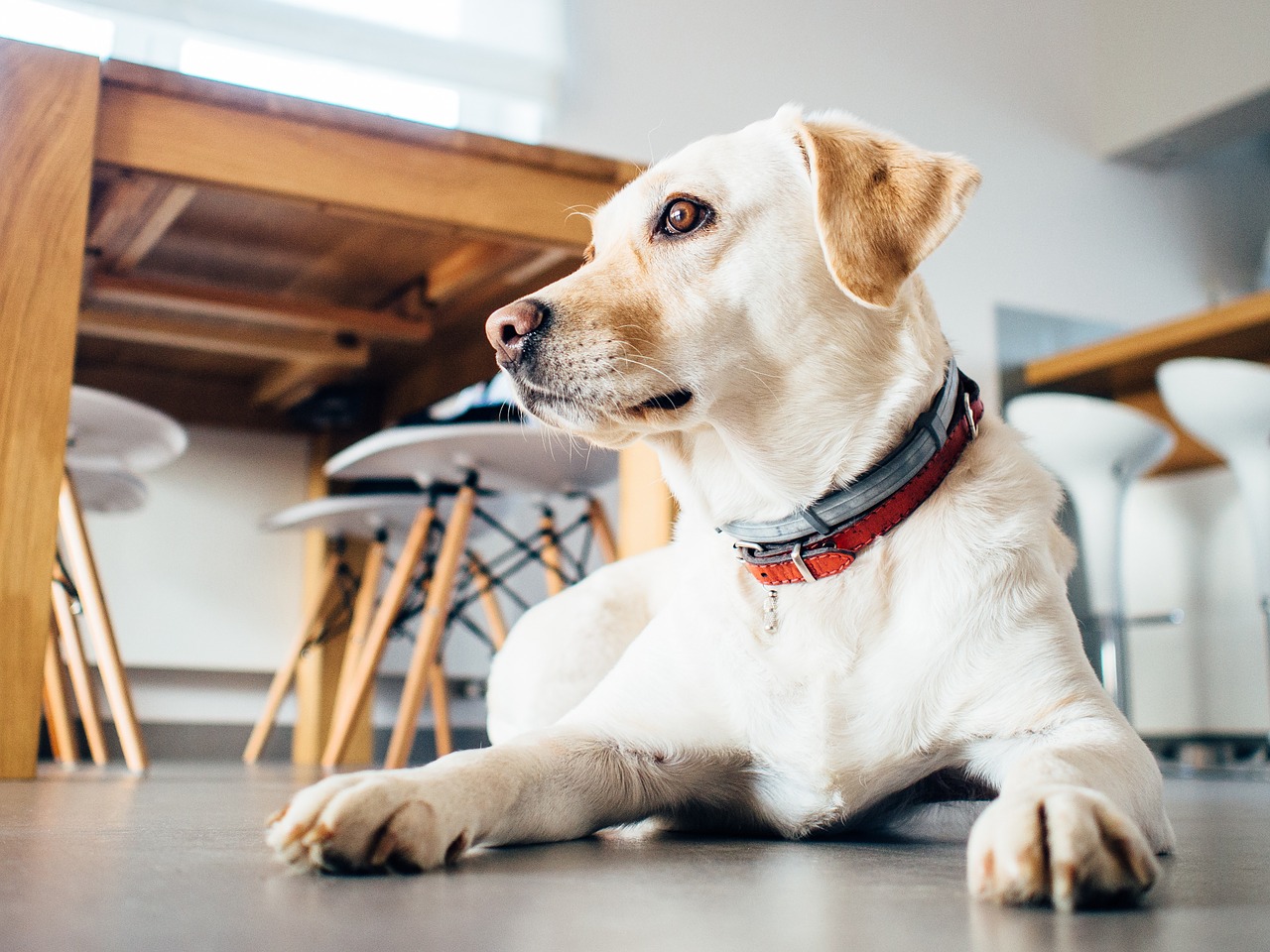Teach Your Pooch Proper Etiquette to Make the Most of Public Places
When you venture into public, if your dog is a handful, you can’t relax and enjoy yourself. Chances are, your dog’s antics take away from other people’s pleasure as well. Providing your dog with guidelines not only makes for a happier outing for humans, it helps your dog to know what’s expected of him. By teaching your pooch proper etiquette, you can turn those outings into enjoyable events for everyone.
Basic Training
If your dog isn’t already familiar with how to walk on a leash, that’s the first place to start. As Redfin explains, if your dog normally only walks on a leash for potty breaks or a neighborhood stroll, he may find being on a leash indoors or in crowds of people confusing. Unusual sights and sounds can be overwhelming, and adding the uncertainty of what’s expected of him can create the perfect storm. You can start in the comforts of home, even rearranging furniture to mimic the arrangements you might find in restaurants. Encourage your dog to walk next to you with slack in the leash, and work on navigating obstacles with him matching your pace.
Mix It Up
Once your dog is walking well on a leash, make training more challenging. Alter the atmosphere to prepare your dog for different places; change up your lighting, add music, put food on tables, and ask friends or neighbors to come by and carry on. Throughout each experience, encourage your dog to pay attention to you. As he learns to look to you for leadership, he’ll be reassured and his behavior will improve.
Fine Dining
Teaching your dog to behave around food makes dining more enjoyable, both at home and in public. First and foremost, don’t allow your dog to beg for food. Begging at home will carry over into other places, and your dog may beg indiscriminately. Not only is it rude, some people are terrified of dogs. Also, if other diners have their dogs present, your dog’s approach to the owner could be misinterpreted as aggression. Sometimes, other people can actually encourage your dog to beg from them, offering table scraps or the lick of a plate. Dogster suggests employing diplomacy in these situations. Politely thank them and tell them your dog is in training. And lastly, some restaurants provide doggy snacks or water, or you might bring your own. It’s wise to bring along a portable dog bowl for your convenience.
Supports and Distractions
In addition to training, there are ways you can help your dog through temptations and troubles in public places. One suggestion is to feed your dog prior to leaving home in order to help curb your dog’s appetite. You can also give your dog a toy or dog puzzle to keep him busy while you eat.
Four On The Floor
Another key to making the experience in a restaurant or business enjoyable is to teach your dog to keep all four feet on the ground. You may allow your dog on furniture at home, but doing so in public isn’t appropriate. Although you may know your dog isn’t dirty and doesn’t have fleas, not everyone else does. Also, don’t allow your dog to jump on people. It can scare them, and not everyone is fine with dog paws on their clothes.
Clean and Careful
Any time you take your dog into public, you should go prepared to clean up after him. Bring along some plastic bags in case your pooch does his “business” while you’re out. And as some experts point out, you should always be alert to the environment and ready to respond if your dog acts up. Loud noises can frighten dogs, other dogs can become aggressive, or your own dog may enter into circumstances causing him to act in a way he never did before. Be ready to take control of situations on your dog’s behalf.
Public Pleasures
Teaching your dog proper etiquette can make all the difference when it comes to public outings. Do some basic training, teach him table manners, and be ready to support and structure your dog’s behavior appropriately. Adventures with your dog will be pleasant for everyone!
Guest Blog by Aurora James, DogEtiquette.info A Well-Mannered Dog Can Go Anywhere
Image courtesy of Pixabay

